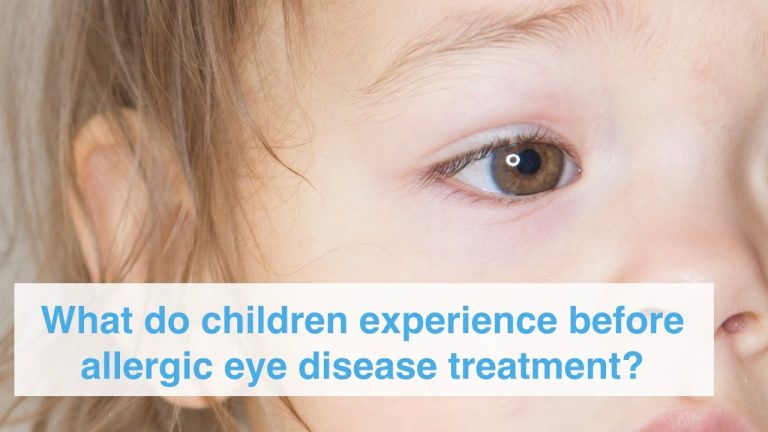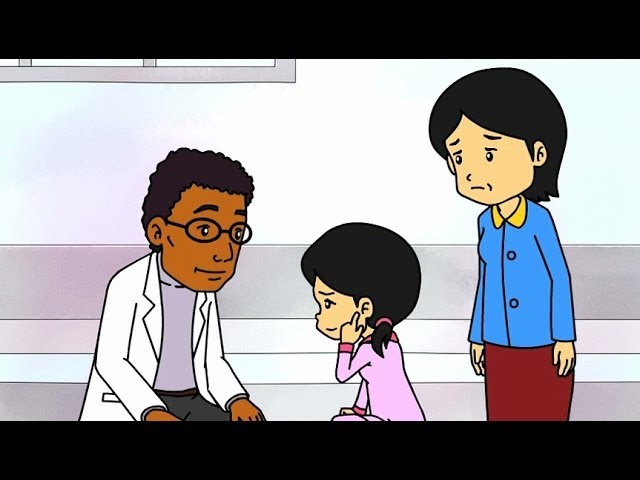Visual Development: The Key to Optimizing Your Optical and Vision Health
As humans, our vision is one of the most important senses that we possess. We rely on our eyesight to navigate our surroundings, communicate with others, and experience the world around us. With the advent of modern technology, our reliance on our vision has only increased. Therefore, it is important to focus on visual development and care.
Visual development is a process that begins at birth and continues throughout our lives. It involves the complex interaction between our eyes and our brain, as well as our environment. With the right care and attention, we can optimize our visual development and protect our eyes from harm.
Factors Affecting Visual Development
There are several factors that can affect the development of our vision. Genetics and hereditary conditions can play a role, as well as environmental factors such as nutrition, exposure to toxins, and injury. Additionally, the use of technology can have a significant impact on our visual development.
Importance of Regular Eye Exams
The American Optometric Association recommends that children have their first eye exam at 6 months of age, followed by exams at 3 years old and before starting school. Adults should have a comprehensive eye exam at least once every two years. These exams can help identify potential issues early on and optimize visual development.
Eye Care Products
- Eyeglasses: Corrective lenses can help improve vision and prevent eye strain.
- Contact lenses: These thin lenses sit directly on the eye and can be a great alternative to glasses.
- Sunglasses: Protect your eyes from harmful UV rays with a quality pair of sunglasses.
- Eye drops: From artificial tears to prescription drops, there are a variety of products available to help lubricate and treat dry eyes.
The Role of Technology and Visual Development
In today’s digital age, technology is everywhere. From smartphones to tablets, computers to televisions, we are constantly bombarded by screens. This can have a significant impact on our visual development, especially in children. The American Academy of Pediatrics recommends that children ages 2 to 5 have no more than one hour of screen time per day, while children ages 6 and older should have limitations based on individual needs and screen time behavior.
It is important to take breaks when using screens for extended periods of time, and to practice the 20-20-20 rule – every 20 minutes, take a break for 20 seconds and look at something 20 feet away.
The Impact of Blue Light
Blue light is a type of high-energy visible (HEV) light that is emitted by electronic devices such as smartphones, computers, and televisions. Prolonged exposure to blue light can lead to digital eye strain, headaches, and disrupted sleep patterns.
One way to reduce the impact of blue light is to use blue light blocking glasses or screen protectors. Additionally, the use of apps and settings that adjust the color temperature of screens to a warmer, less blue light can be helpful.
Conclusion
Visual development is an important aspect of overall health and well-being. By taking care of our eyes and utilizing the right products and technology, we can optimize our visual development and protect our eyes from harm. Be sure to visit your optometrist regularly and take steps to reduce the impact of screens on your eyes.
Contents
Most wanted in Hoya Vision:
What are prism eyeglass lenses?
Hoya Lens Engravings
What brand lenses does Costco use?
What does +0.25 mean on an eye test?
Do tinted glasses help with migraines?
Hoya Identification Chart
Should eyeglasses cover eyebrows?
What LED light is best for broken capillaries?
What is the difference between Ray Ban RB and Rx?
Does hyperopia worsen with age?
















